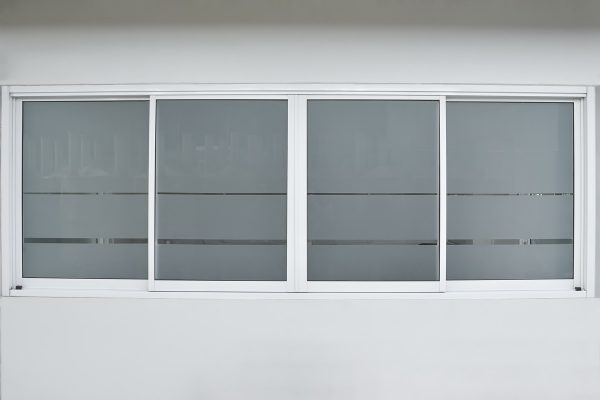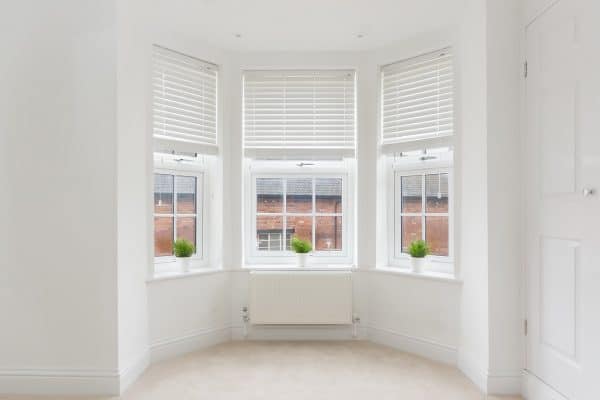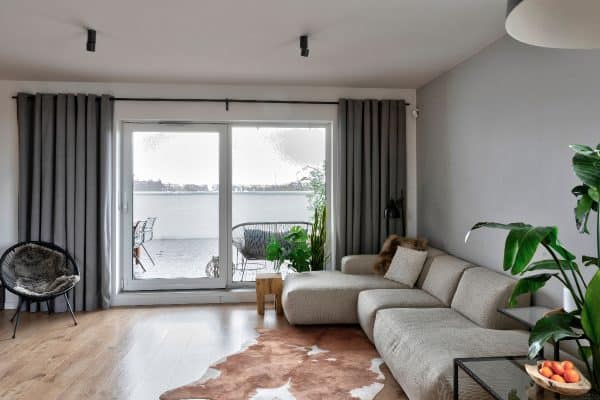For some homeowners, the window plays an important role such as protection from the sun's rays. To others, it also serves as a decorative piece. Whatever the case, you can never go wrong with having a fitted window trim. But how do you dress a window without trim? Here's what interior decor experts think.
Dressing a window without trim involves preparing the rough opening, taking measurements, removing and adding returns, mudding, and getting rid of strips. There are different approaches to getting it done.
Continue reading as we will break down the process and go more in-depth to help you successfully dress your windows without using trim.
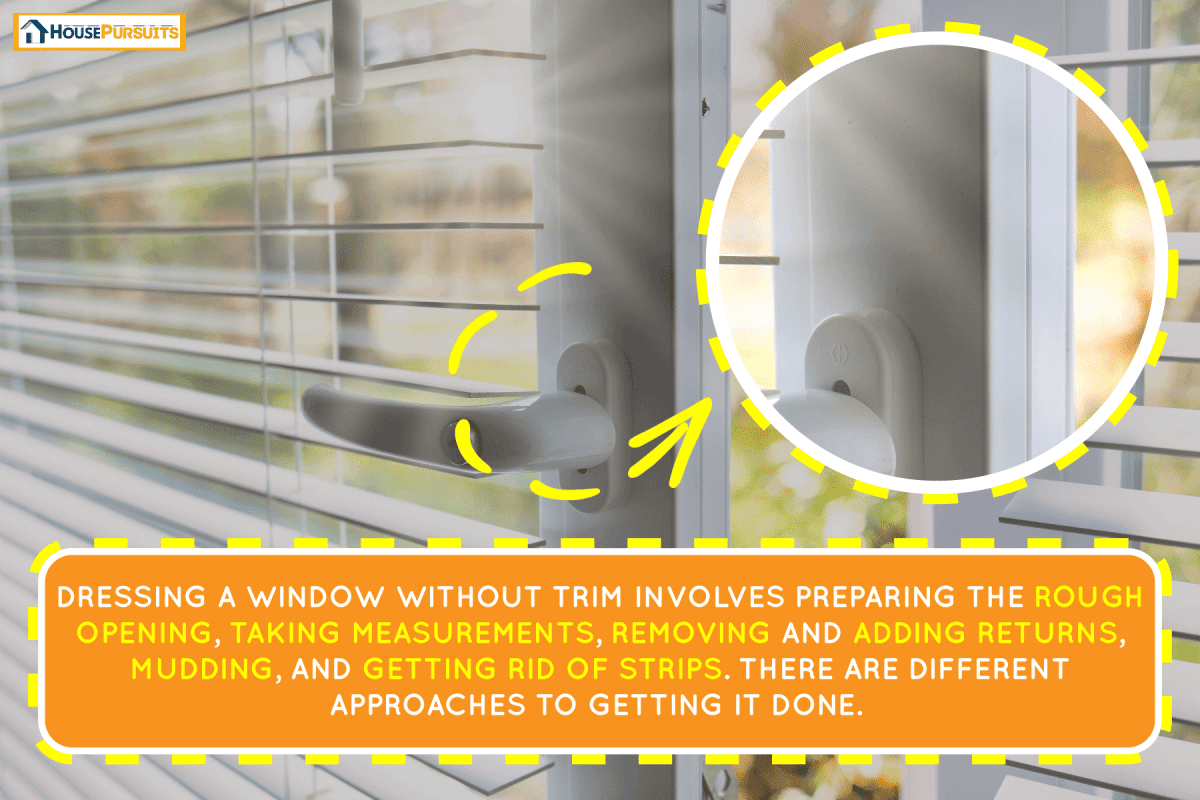
Do Modern Houses Have Window Trims?
Window trim can be used to conceal defects while also contributing a stylish touch. It is just about impossible to install a window and have everything match up precisely so that it doesn't need any trim.
How To Dress A Window Without Trim
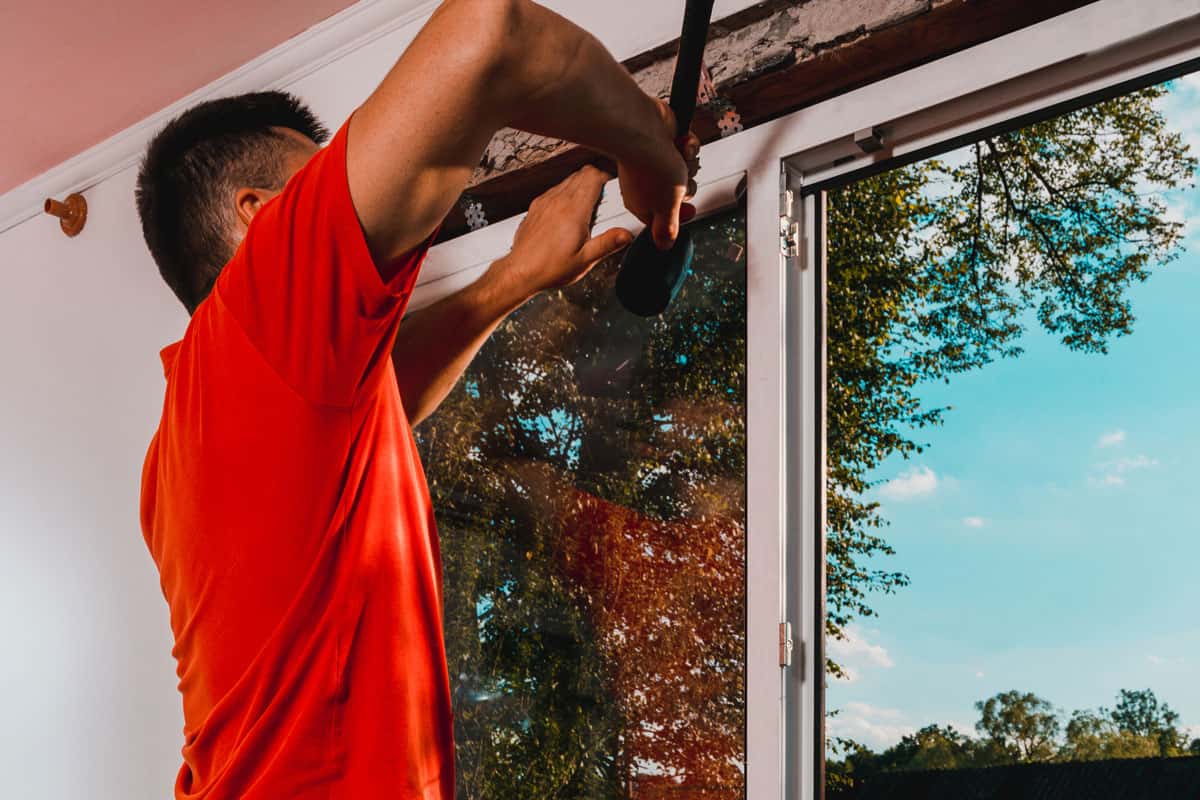
Here are the processes involved in dressing a window without trim:
1. Prepare the Rough Opening
Not all windows will be completely centered in their rough openings. It is possible that the sides, top, or bottom of the aperture will need to be shimmed so that they are centered. The reveal between the window and the drywall return around the inside perimeter of the aperture should be even.
You can buy drywall shims or construct your own by tearing different thicknesses of plywood. The idea is to obtain a uniform reveal.
Use staples or finishing nails to attach the shims to the rough hole. Finally, spray foam or fiberglass insulation should always be used to insulate the area around the window.
2. Measure
Determine the depth of the window return by measuring from the inner face of the window to the surface of the wall on the exterior side of the building. Take off a quarter of an inch.
Now take a tape measure and measure the height of the side returns from the top of the rough aperture to the bottom of it. Measure the width of the top return from left to right, then deduct the thickness of both pieces of drywall from this measurement.
Write all of these measurements directly onto the sheet of drywall.
3. Remove the Returns
Use a utility knife and a straightedge to score the drywall along your line. During the initial pass, you merely need to cut through the paper.
Allow the sheet of drywall to dangle off the edge of your work table beyond the score line (or place a 2x4 beneath that scored line). If you move the board away from you and push it down, the drywall will crack along the line that you cut.
Using a sharp utility knife, cut through the back of the drywall paper where it is creased.
4. Attach Returns
Position the drywall return on the underside of the top window return, maintaining a distance of 1/4-inch from the window and ensuring that it is level with the wall. Attach the piece to the wall using drywall screws, using two screws every 12 inches.
Make sure to use a drywall screw bit or set the clutch on your cordless drill so that you don't drive the screws in too far. The heads of the screws must be positioned beneath the surface, but they must not penetrate the paper.
Cut & Attach Inside Corner Beads

- You will need to cut two of the side tear-away corner beads to the same length as the drywall that you cut. Dry fit of the components and cut them to the desired length
- Use a pair of scissors to cut the top and bottom tear-away corner beads so that they butt up against the side beads. Remove a small portion of the backing from the tear-away strips so that they do not get in the way of the side tear-away strips.
- Begin by stringing the two corner beads on the side, followed by the corner beads on the top and bottom. Attach each of the four corner beads to the drywall using spray adhesive and staples measuring 3/8 inches.
Cut & Attach Outside Corner Beads
The method for cutting the outside corner bead is distinct from the method for cutting the inside bead. It's kind of like how you'd make a picture frame with angles of 45 degrees on each of the four corners.
- Using spray adhesive and staples, attach the corner beads to the outside of the box.
- If you are removing the trim, make sure that the space that is left between the window return and the drywall is filled up before you attach the outside corner bead.
- Using a knife with a nine-inch blade, apply a skim layer of joint compound over the corner bead around the entire window's outer border, feathering the joint compound out and away from the window as you go.
5. Mudding
Begin in one corner and work your way around all four returns while applying a skim coat of joint compound with a six-inch knife. Once the joint compound has dried completely, use the same knife to scrape off any excess around the returns. Apply a final coat of joint compound, let it dry, and sand it.
See DAP joint compound on Amazon.
6. Remove Tear-Away Strip
At this point, you should remove the tear-away strip from the inside corner bead. This will ensure that there is a clean edge and line between the drywall return and the window.
- A window sill completes the window opening with a surface that is more long-lasting and much simpler to clean than drywall.
- A composite or PVC material works well for this and will not rot or warp.
What Can I Put On My Window Instead of Curtains?
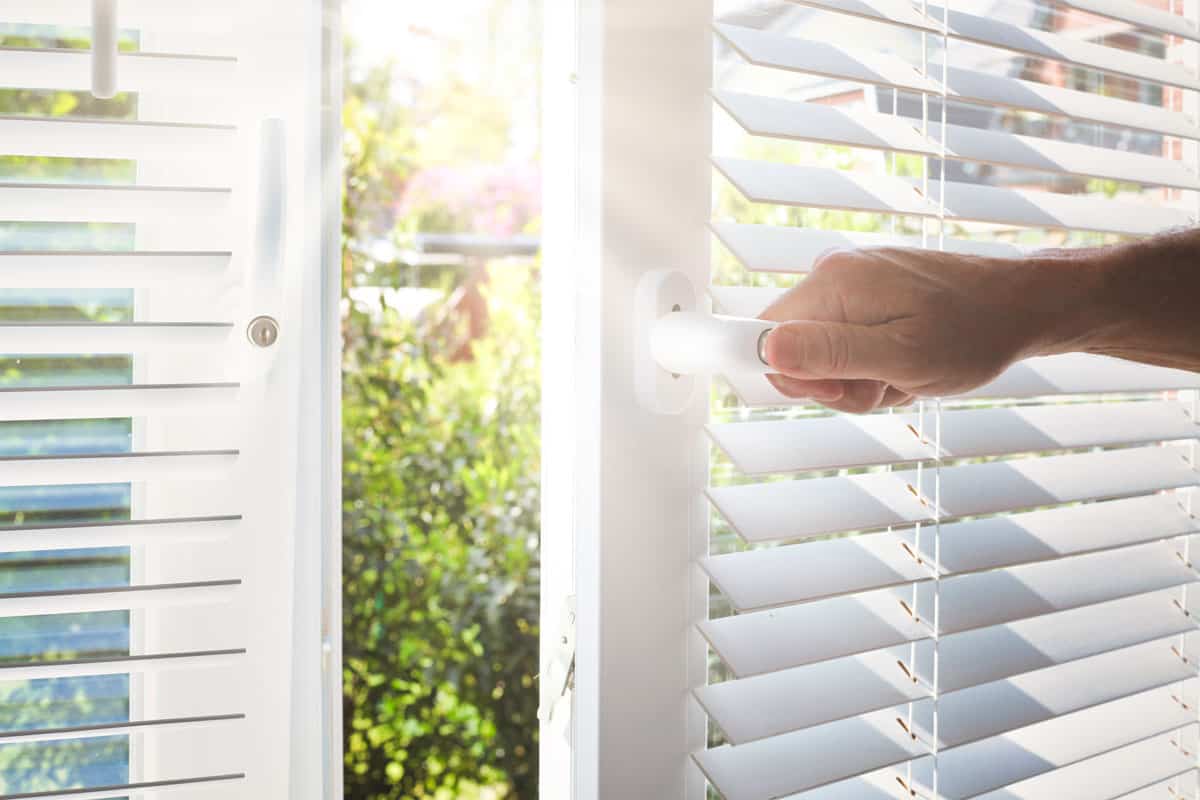
If you wouldn't like to use curtains to cover your window, here are different materials you can use instead.
Roman Style Blinds
Your home will have a more modern appearance when you install Roman blinds. They are a terrific alternative to curtains since they help control the amount of light in a space, they provide seclusion, and they come in a variety of fabrics.
Control these blinds either manually or by a motor. In addition, you have the option of selecting the material, color, and pattern for these that are most suitable for your environment.
Try these Roman blinds from Amazon; various neutral colors are available.
Beads Alternative
Beaded curtains, which come in a variety of colors and patterns, are a great option to go for if you want to subtly divide different areas of a room. Beads are available in a wide variety of shapes, sizes, and forms, in addition to a variety of materials and colors, which enables you to differentiate one area of your space using beads.
Check out this Haymaro beaded curtains on Amazon.
Handmade Curtains
Any type of fabric, including table linens, can be used to sew a quick and easy window cover. Use curtain clips to suspend attractive fabric from a rod so it can be displayed.
Window Film
Window films are an option to consider if you are concerned about the quantity of light that is coming into the room and want to lower the intensity of it. These can be adhered to any glass surface, such as a window or door, to give it a shadowy appearance.
It has been hypothesized that these films can reflect approximately 90 percent of the sun's light. Another benefit of window films is that they insulate a house, making it more comfortable to live in during the summer and the winter.
Check out this Coavas Window Film on Amazon.
Is Interior Window Trim Necessary?
Interior trim is an important method to set the stage for whatever design style you want for your home. It serves the functional goal of filling in small gaps between the walls, ceiling, floors, and doorways.
This is so that the inside trim can be painted to coordinate with the decor of the room in which it is installed.
Do All Windows Need Casing?
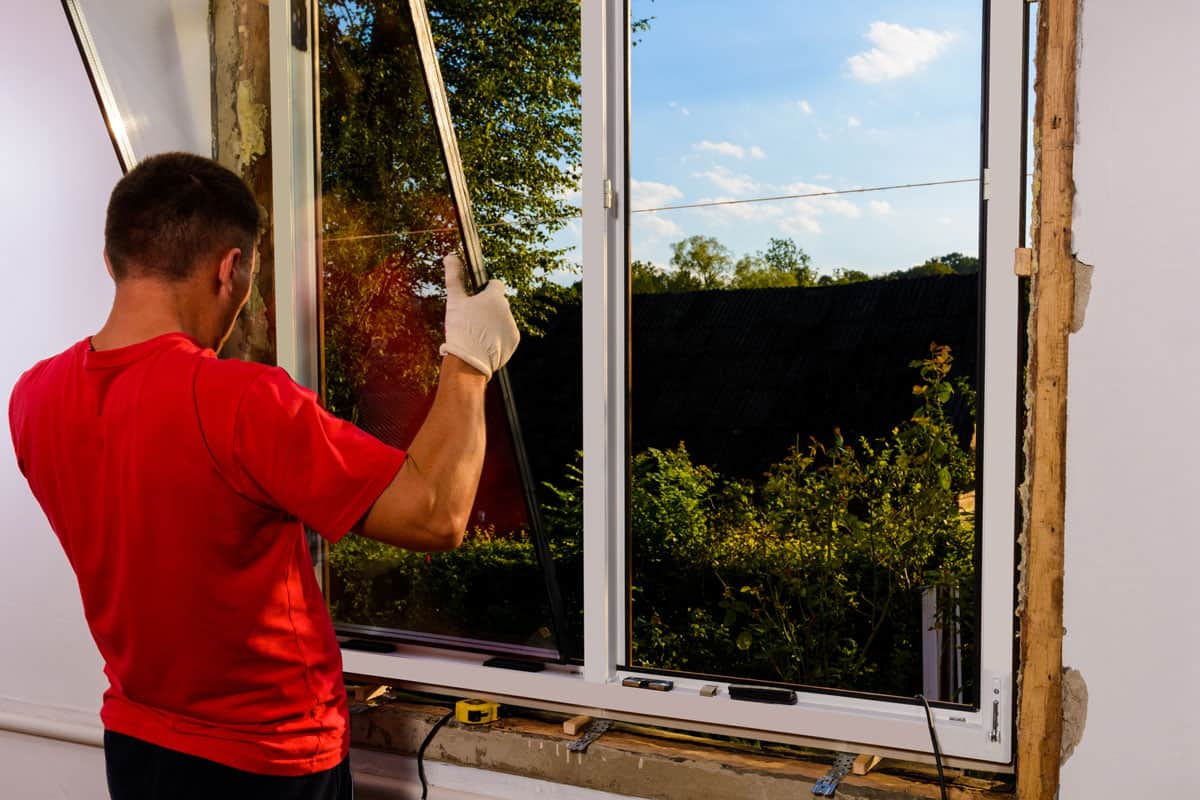
The casing is not necessary for all windows. Homes sometimes omit window casings to save money and sometimes as a deliberate design choice.
Windows that do not have casings can provide more space for artwork or direct one's attention to the scenery beyond the window. The decorative molding or framing that surrounds a window and is used to hide the space between the window frame or jamb and the wall is called casing.
Is It Ok Not To Have Curtains?
If you have the correct motivations, going curtainless is ok. However, the majority of interior designers will tell you that window treatments are the home's jewelry and that they are the last touch that a room cannot be considered finished without it.
Conclusion
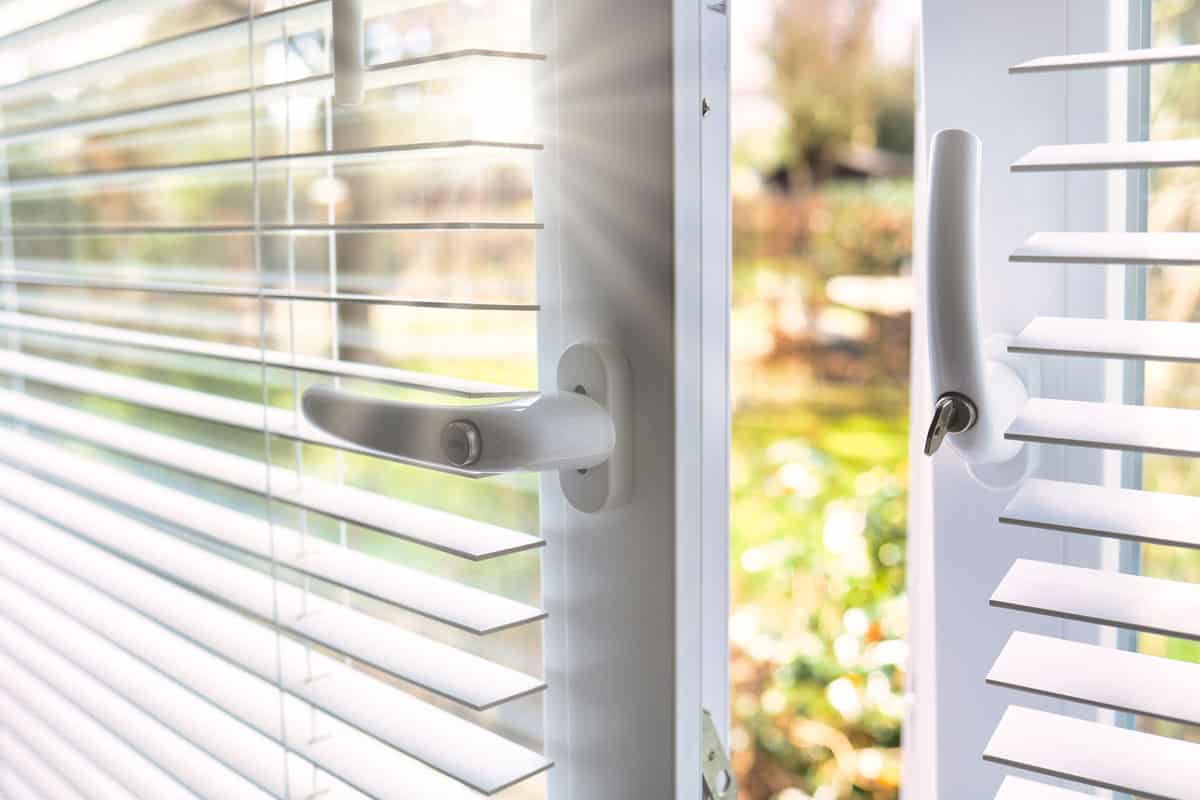
There are no hard and fast rules to dressing the window. You are in control of how you choose to design your home and you can do what works best for you. However, following the information in this guide will be very helpful in carrying out the process.





